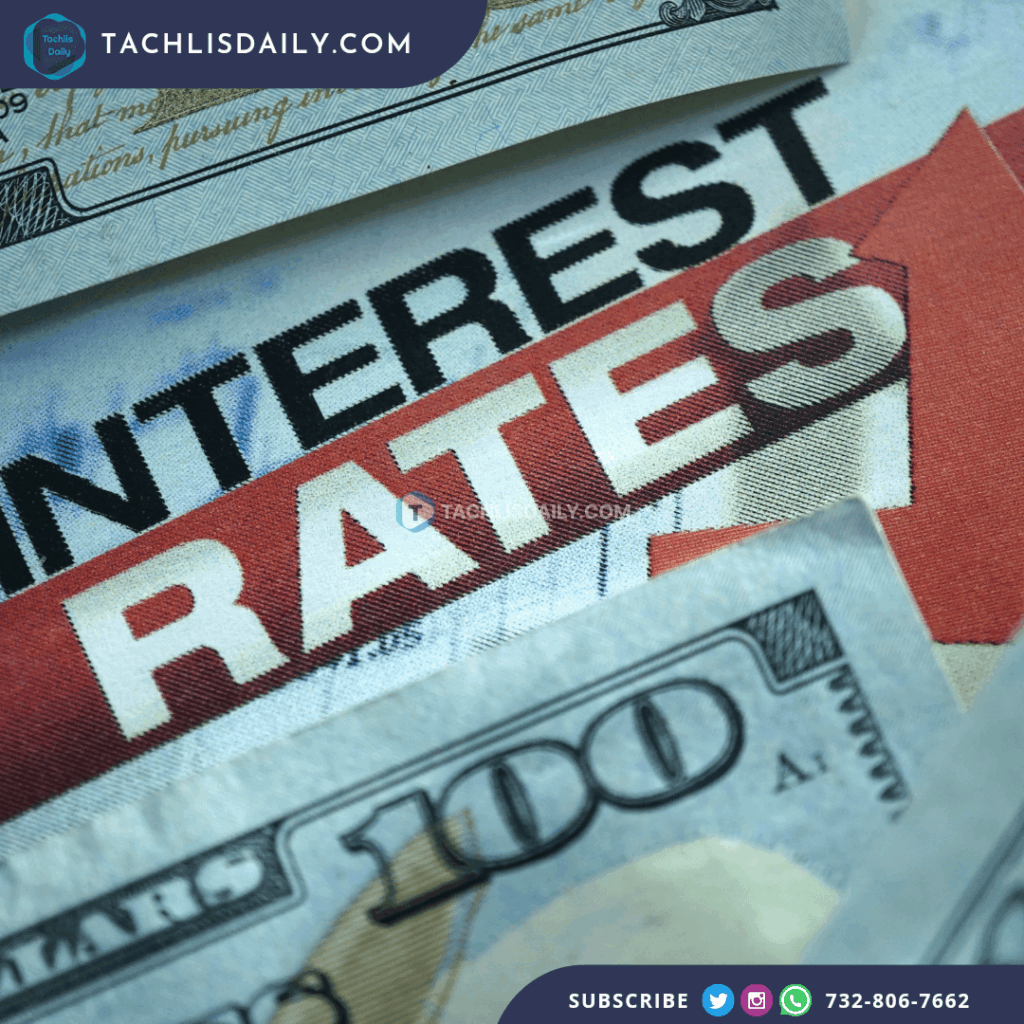In a pivotal decision closely watched by markets and policymakers alike, the Federal Reserve opted to keep its benchmark interest rate unchanged, maintaining the federal funds rate in the range of 4.25% to 4.5%. The vote by the Federal Open Market Committee (FOMC) was 9-2, marking a rare moment of internal division within the central bank as two governors openly dissented in favor of rate cuts.
The decision comes despite persistent public pressure from President Donald Trump, who has demanded aggressive rate reductions to stimulate the economy and reduce borrowing costs, especially in light of ballooning national debt and a sluggish housing market. Trump has even gone so far as to suggest slashing rates by three full percentage points, a move he claims would significantly ease financial burdens across sectors.
However, the central bank struck a more cautious tone, citing a still-solid labor market and ongoing uncertainty in economic indicators. In its post-meeting statement, the FOMC acknowledged that the pace of economic growth has moderated and that inflation remains somewhat elevated. This contrasts with its previous, more optimistic outlook from June, which described the economy as continuing to expand at a solid pace.
The dissenting votes came from Governors Michelle Bowman and Christopher Waller, who argue that with inflation appearing to be under control and signs that the labor market could soon weaken, it’s time to begin easing monetary policy. Their disagreement marks the first time since 1993 that multiple governors have voted against the majority in a single meeting, highlighting a growing debate within the Fed about the appropriate timing for rate cuts.
At a press conference following the meeting, Fed Chair Jerome Powell emphasized that no decision had been made regarding potential action at the next meeting in September. “We have made no decisions about September,” Powell stated. “We don’t do that in advance. We’ll be taking all available data into account.”
Powell also addressed the potential inflationary impact of recent tariff policies, noting that the central bank’s responsibility is to prevent temporary price increases from morphing into long-term inflation problems. This comes as new tariffs and international trade policies continue to influence economic projections.
Economic data released on the same day showed a 3% annualized growth in GDP for the second quarter, outpacing expectations. While some of this growth stemmed from a correction in import levels following a tariff-related surge in Q1, it still underscored the resilience of the U.S. economy. At the same time, inflation data showed encouraging trends, with headline inflation at 2.1% and core inflation at 2.5% both down significantly from earlier in the year and approaching the Fed’s 2% target.
Despite Trump’s persistent criticism including calls for Powell’s resignation and accusations of mismanagement over cost overruns on Federal Reserve facility renovations the Fed has reiterated its independence and commitment to data-driven policymaking.
Looking ahead, all eyes will be on the Fed’s annual Jackson Hole symposium in August, where Powell is expected to deliver a keynote address that may shed further light on the path forward. Markets remain hopeful for a rate cut in September, but as Powell made clear, the decision will hinge on forthcoming economic data, particularly employment figures in the coming months.











